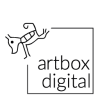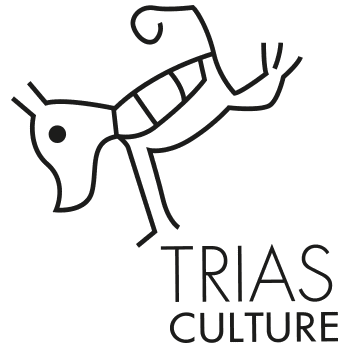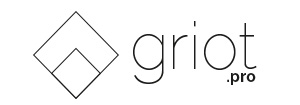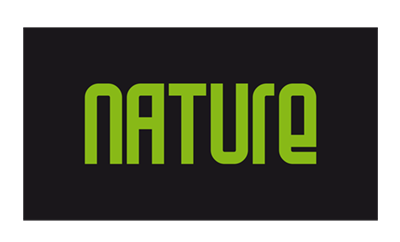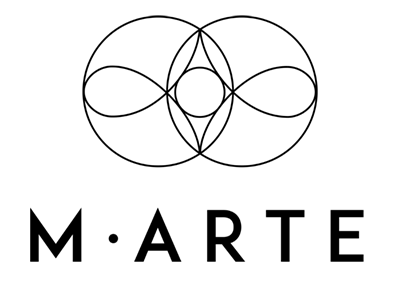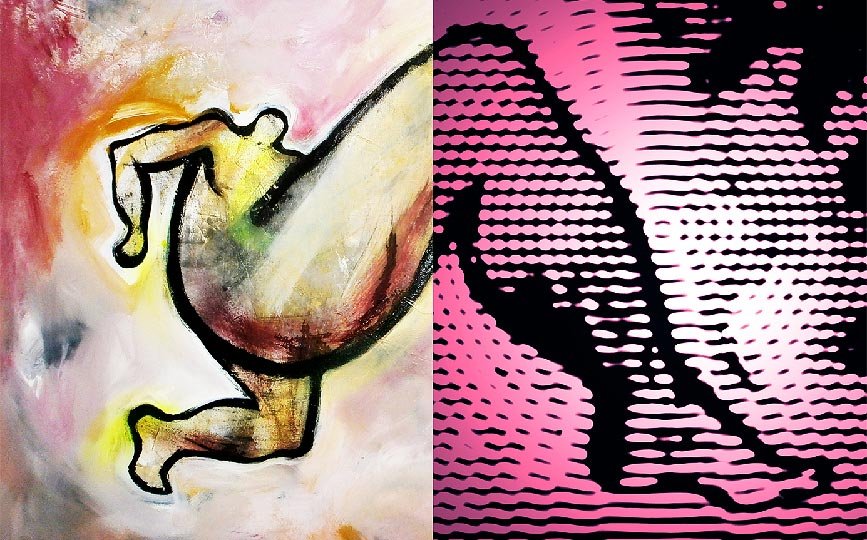
We can say that we are faced with a work of digital art when it has the same spiritual motivations as any work of art, except that, instead of being made with pigments, wood, clay or other materials, it is made using one or more digital media.
Any artwork realized digitally gives the creator the possibility to make an infinite number of variants, with possible results that he can compare without exclusion or loss, and in a much faster way than when a classic technique is used.
This relative speed with which the artist can produce his work, leads him to seek new solutions. Using new media, an artist can get a final result very close to the image that he had initially projected in his head, a possibility that does not occur with the use of traditional techniques.
When painting, sculpting or doing an installation, the work ends with an exhaustion of the effort and material used, but in the digital world, the results are inconclusive, the materials do not deplete, and the possibilities of instantaneous multiplication of the work in different variants are endless.
If we are making a lithograph, for example, we first see the image that we have built in stone completely reversed in comparison to the one we will get when printed. In an engraving workshop, one must see the anxiety of the artist and the printers when the paper is taken off the stone at the time of the first test, they are saying to themselves: “What if this is false after so much work …? “.
In case the impression is not satisfying, it is necessary to start all over again, and even if the result is mildly satisfying after all, the artist always wonder how the work would have been otherwise. He can be advised to reinforce certain colours, but no significant change can be made, the artist can only to take it or leave it, and he ends up making an impression of 16 copies which he will then list carefully. Those experiences do not occur with the creation of a digital image, the emotions are not the same, knowing that any error can be corrected using a software.
A simpler and more accessible language: printed digital works
Like any blossoming art, it imitates the results of an older art. See for example the case of the fiction genre in cinema, that imitated theatre at first, and later, created its own language. Photography also began by reproducing the same themes common in painting, such as portraits or landscapes, but later went on to exploit its own possibilities. This is happening with digital art.
The most common form of digital art in print includes digital drawings, photographs and collages (made with an unlimited image bank and without scissors falling to the ground). Pop artist David Hockney draws with an iPad, for example, and his work is recognized as digital art, although it resembles his paintings realized using pigments, because the support utilized is digital. This leads us to wonder whether printed photography is digital art. I think that for a photograph to be considered digital art, it must integrate a digital process into its creation, which is not the case with conventional photographs taken using simply a digital camera.
The audiovisual sector from the point of view of Fine Arts
All recorded images are now processed using digital media. Therefore, is a movie a work of digital art? Why is a video-art a digital artwork and not a movie? Even if both are artistic material made using digital media?
DIGITAL ART, is originally an emerging manifestation of PLASTIC ARTS. This explains why music made by computers, film, or literature was not included in this category, although they are actually also made using digital media.
This conception does not exclude the use of sound or texts, since non-digital plastic art can also integrate elements of cinema (video-art and other unconventional animations), literature (conceptual works made with texts such as for Kosuth), theatre (performances), of sound (interventions and certain experiences of movements like for Fluxus in the 1960s), dance (under the heading of performances in many works of contemporary art) And photography (many are plastic works made with photographic media).
DIGITAL ART refers to the visual arts that use digital media (but not the movies we go and watch in movie theatres, Theatre itself, or photography on National Geographic).
From these comparisons, there is a risk that only pictures in motion from the PLASTIC ARTS, but not those made into movies, will be considered as audio-visual digital artworks. When in fact, those limits are not as strict, because a movie like “El Perro Andaluz” by Buñuel, transgresses the classical resources of cinema and rubs along what we now call video-art. Thus, the boundaries we set out here are not accurate, they only propose a vision that can illuminate the difference between purely cinematographic audio-visual material and that which is used as a means of expression by visual artists.
Artistic languages born of the digital world
The Net-Art (Works created to function and be consumed on the Internet), interactive art (allowing the viewer to modify the results of the work according to his desires), generative art (in which the viewer creates the work under parameters defined by the artist), are all examples of artistic languages born and developed with new media. In these cases, creations take shape or are directly related to proper digital languages.
Some art critics argue that digital art is one that is built using the opportunities particular to digital media. This criteria highlights proposals for artworks that could only exist on the basis of those and no other media.
That position is extreme because there is no chemically pure digital artist, they are designers, painters, filmmakers, photographers, and even sculptors who develop works through 3D programs.
Prior to digital media being popular, we already had, for example, interactive artworks, such as Sandu Darié’s mobiles (1), a wooden assembly that the viewer could interact with in order to change its appearance, Thanks to wooden slats mounted on axes.
There is no precise limit between various forms of art. We described schematically (we have no choice) three variants allowing us to approach the thorny concept of digital art, but this is just an attempt to bring clarity to the question. The infinite creativity of human beings surpasses all the rules and all the regimes, and even if we want to be strict in our classification, Art, digital or not, will always surprise us.[:fr]Le terme « Art numérique » est sujet à controverse, et compte tenu de sa jeunesse (historiquement parlant), il n’existe pas une catégorie fermée qui le délimite. Cependant, on peut ressortir déjà certaines caractéristiques qui le sont propres.

